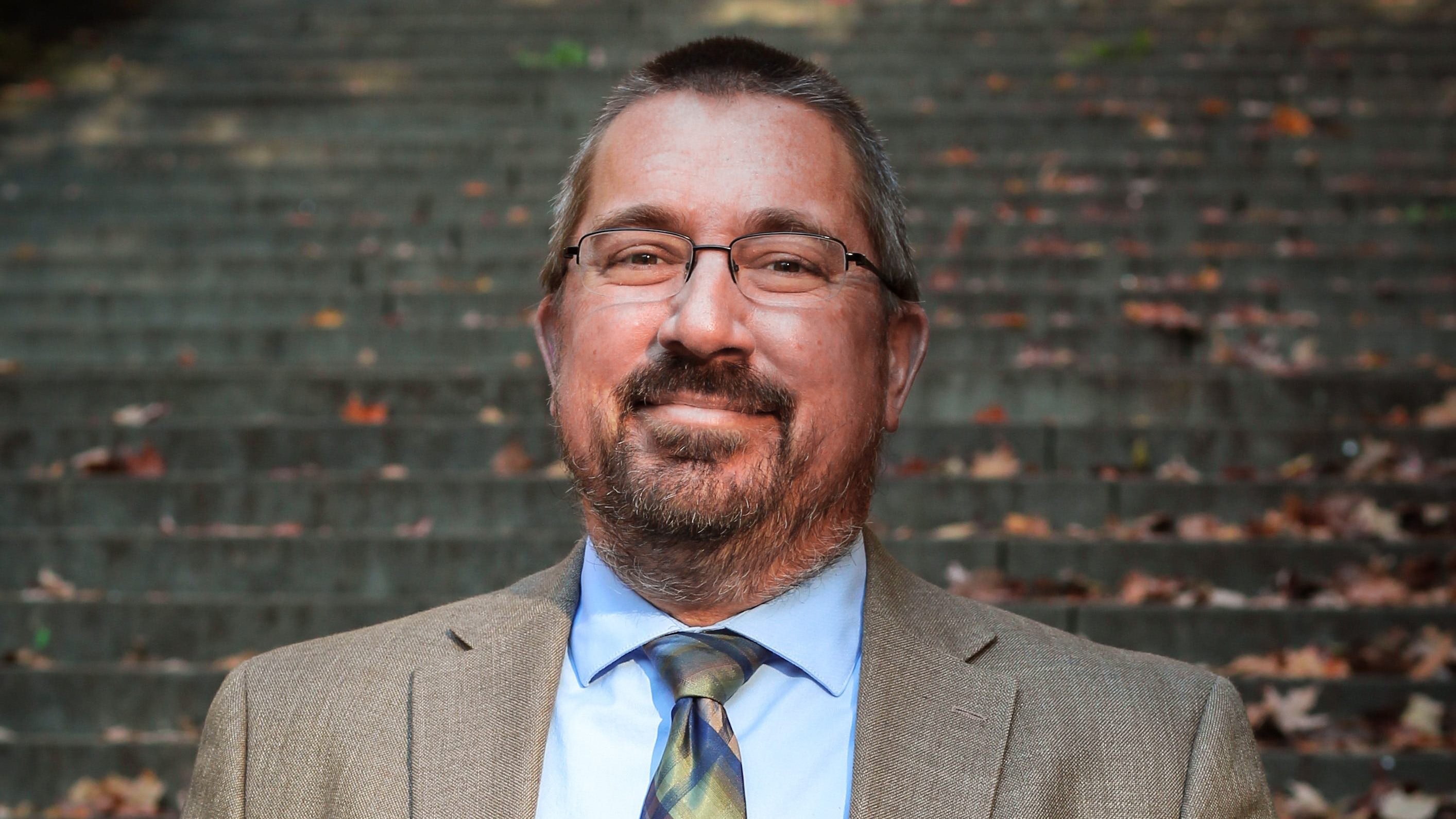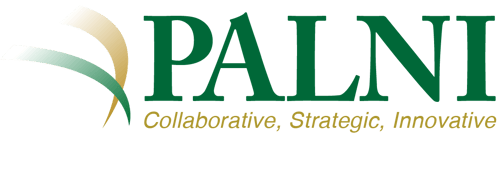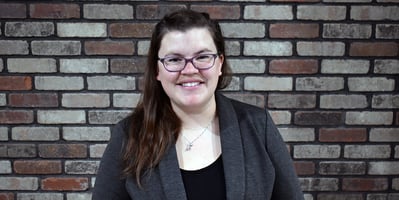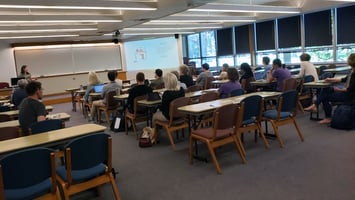Andrea Bearman is an all-star when it comes to open educational resources (OER). As Director of...
Q&A with Brian Weidner: Revolutionizing teaching and learning through OER

Dr. Brian Weidner, Assistant Professor of Music Education at Butler University, believes that all students should have equal access to high quality learning resources. As a faculty member at a PALNI-supported institution, Weidner produces open educational resources (OER) via the PALNI Press so that all students—not just those who can afford a textbook—can get the most out of his courses.
“OER provides a platform from which we can revolutionize teaching and learning by increasing access to high quality educational materials,” Weidner says. “Above all else, it provides education with equity in mind and lowers the barriers for learning and for sharing knowledge.”
Here, Weidner shares his experience in producing and teaching with OER.
Author background
Please share the titles of the open educational resources you’ve produced.
The textbook “Brass Techniques and Pedagogy” (2020). I have also created several smaller materials, including chapter-sized supplements for existing OER to fill the gap that exists in the literature.
Please tell us more about your role at Butler.
Currently, I teach all undergraduate courses in instrumental music education, as well as undergraduate courses on administration and composition and arranging. I also am the coordinator for our Master of Music in Music Education program, and teach graduate coursework in philosophy, history, research methods, curriculum design, and assessment.
What encouraged you to explore OER as an option for students?
My impetus for creating open textbooks was two part. First, I am constantly searching for ways to make college more affordable for my students. I have little control over most of those expenses, but one that I can control is textbook costs, which first led me to investigate OER for my classes. Second, I created this textbook (and am working on an outline for a second) to fill a gap in existing materials. When possible, I choose to use OER first and published resources second. For my brass techniques course, I found that there was no existing text that met my needs (specifically, a text that included extensive video resources to facilitate a flipped classroom approach).
Did you use OER in your classroom before creating an open textbook through PALNI?
I had already been using OER in some of my courses before creating my open textbook. At this point, I only teach two (out of 10) courses that utilize a published print resource. The others utilize OER or library resources, as these provide a more cost-effective approach for my students and greater flexibility for me to use a wider variety of materials that meet my instructional needs.
About the texts
For which courses have you published open textbooks and why those particular courses?
I have two courses that utilize the same textbook, Brass Techniques I and II. “Brass Techniques and Pedagogy” was created specifically for these classes, as no prior OER existed for them. I had for several years used a published book that met some of the requirements for the courses, but which I extensively supplemented. I found that my students seldom kept this book, despite the fact that it was best used as a resource once they entered the classroom as teachers. I wanted a resource for the class that included audio and video samples that students could continue to use once they started their in-school clinicals and eventual teaching professions.
I use a flipped classroom model that has students learning the fundamentals as their out-of-class practice, allowing the classroom to be a workshop space where we learn how to teach core concepts through experiences. OER was an ideal platform for this, as the zero-cost of the materials and online format meant that students had access to the textbook after the course ended without any expenditure, and it allowed for video to be embedded immediately in the text, providing students with multiple ways to access material and understand the content.
How has the textbook been received by students?
Most importantly, they all have the textbook on the first day of class. I am accustomed to students saying they cannot buy texts until the first paycheck comes in or parents send extra money along. Now, they have the book the week before class, and several have already started to acquaint themselves with it.
They have appreciated the fact that the content corresponds to the way the class is taught and that additions are made when needed based on progress in the class. They have also appreciated the versatility that the format provides with embedded multimedia. Some have commented that they wish they had a “real” book for the class, but the benefits outweigh the expectations.
What are the biggest benefits of using OER versus traditional textbooks?
As a teacher, the biggest benefit is that the students immediately have the textbook without concerns of accessibility and equity and that the content is immediately adaptable to my curriculum. When I have students purchase a text, I feel that I am responsible to use the text fully, as the students have made the investment. By using OER, I can add and subtract from the text.
In several courses, I have students using two or three different textbooks or multiple articles. The customization that OER provides without additional expense for my students is of utmost importance.
Creation process
What has the experience of open publishing been like?
PALNI made the publication process simple through the PressBooks platform. The OER community makes soliciting feedback easy, as those who use the materials are able to comment on them and provide public transparency to that feedback. Best of all, I have continued to edit my materials based on that feedback, so the text continues to become stronger and more effective with time.
In what ways did your campus library support you in the process?
Butler’s library staff connected me immediately with PALNI upon starting discussions about the creation of this book. Both Butler and PALNI have been tremendously responsive about any questions I have had and have offered support to distribute materials further, provide exposure for my work, and advance the publication to improve access.
Is there anything about the process that has surprised you, or benefited you or your students in unexpected ways?
The community that is forming around OER was not something I expected. I appreciate the ability to get peer review, just as I would if this book was traditionally distributed. The benefit here is that the materials remain easily accessible for further editing and redistribution. Within six months of first publishing this book, without any significant promotion, it had been adopted at numerous large programs in music education and I received feedback from their faculty, which has in turn improved the text and made it even more useful for other programs.
What is one piece of advice you would give other faculty looking to publish open textbooks?
Start small with what you see as the hole in your professional and academic literature. OER functions best when it provides an option for bringing flexibility and diversity to our instructional materials. Begin by adopting OER into your classroom, and then look for the spots where there are no materials. That serves as the starting point for your creation.
To learn more about PALNI open publishing, visit the PALNI Press website.


